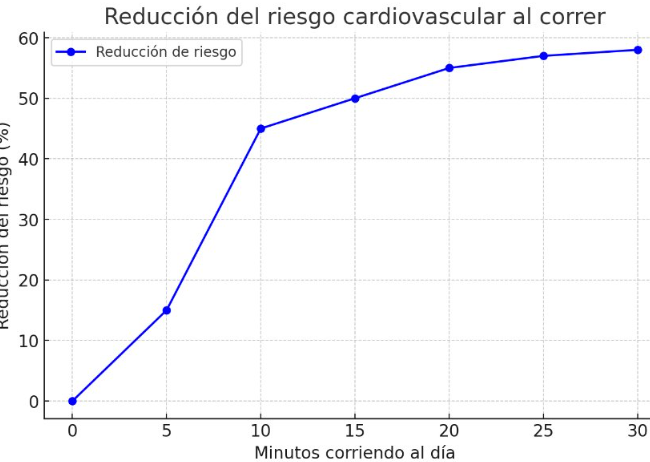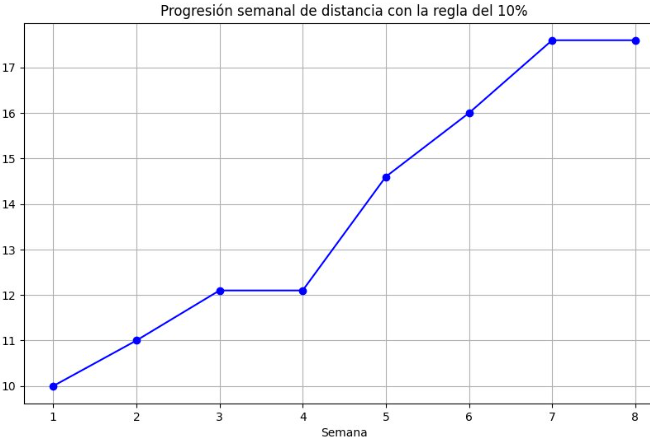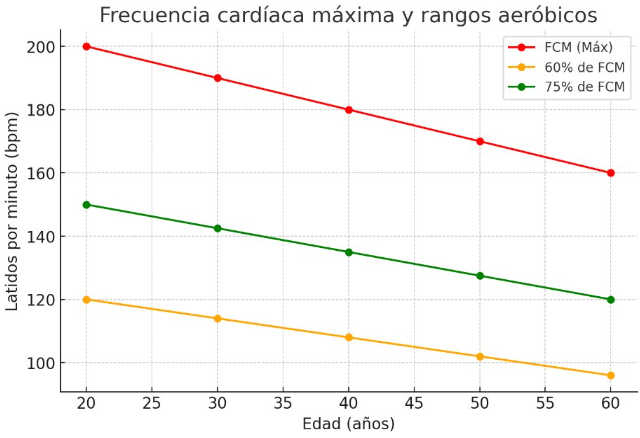
Running is one of the most accessible and transformative activities you can integrate into your life. As we discussed in the previous blog, you don't need much equipment, just a pair of running shoes and the motivation to get started.
Running is not only a healthy physical activity, but also a powerful tool for improving your mental and emotional health. In addition to strengthening your heart, reducing stress and maintaining a healthy weight, running offers a unique sense of well-being.
But if you're thinking of taking up running this year, you need to know some basic rules of thumb to reap the full benefits and avoid injury. This article provides simple and detailed guidelines on how to start running safely and effectively and how to manage your first few outings, providing scientific and technical information from specialist publications combined with years of running experience.
Running Benefits
- Cardiovascular health and more
Running is not only good for your emotional well-being, but also offers a number of awesome physical benefits. Among the most significant of these:
Running is an excellent exercise for strengthening the heart. A study in the Journal of the American College of Cardiology showed that running even 5-10 minutes a day can reduce the risk of cardiovascular disease by 45%. As you run, you improve blood circulation and heart efficiency. In addition, regular exercise helps reduce LDL (‘bad’) cholesterol and increase HDL (‘good’) cholesterol.

Weight Management: Running is one of the most effective ways to burn calories. According to Harvard Health Publishing , the average person burns approximately 100 calories per kilometre run, depending on their weight and pace. In addition, interval training (alternating periods of high and low intensity) increases the afterburn effect where the body continues to burn calories even after exercise.

Muscle and bone strengthening: Running works the leg muscles, core and stabilisers, toning and strengthening the body. In addition, the moderate impact helps to improve bone density, which is essential to prevent osteoporosis in the future.
2. Mental Benefits: Beyond the Physical
Running also has a positive impact on your emotional wellbeing, which is so important for mental health. In fact, research and studies published in the National Institute of Mental Health show that running can reduce anxiety and symptoms of depression, acting as a natural anti-depressant.
There is a scientific explanation for this: during a run, the brain releases endorphins, which are known as the ‘happy hormones’. These neurotransmitters help to reduce stress, anxiety and depression, providing a more balanced mood.
In addition, regular running, like any other sport, helps to improve sleep quality and regulate sleep cycles, thus acting as a natural sleep inducer.
Strategies and Techniques to Start Running Safely and Effectively
- Start slow: The key to a progressive start
When you decide to start running, it is natural to feel the urge to move quickly, but it is essential that you do so gradually. Starting too quickly can lead to injuries that can hinder your progress. Instead of jumping into long-distance running from day one, start with brisk walks combined with short periods of running. This combination will allow your body to get used to the impact without overloading your muscles and joints.
Tip: A good start is to alternate between walking and running. For example, run for 1-2 minutes and walk for 2 minutes. Run for about 20-30 minutes and gradually increase your running time as your endurance improves.
Increase your weekly volume with the 10% rule
Studies in the British Journal of Sports Medicine support this strategy as a safe way to progress. The 10% rule is simple, based primarily on increasing weekly running distance or time by no more than 10% to prevent injury, with a break every three weeks.
Practical example: For example, if you run 10 km in your first week, increase to 11 km the following week
As can be seen from the guide table.

3. Define your target heart rate
Heart rate-based training is key to improving performance, avoiding overtraining and health complications from cardiac over-exertion.
In order to know the maximum heart rate you can reach without seriously affecting your health, most scientific studies recommend using the following formula.
ximum Heart Rate (MHR) = 220 - Age (years)
However, this value indicates the maximum heart rate you can reach; but most scientific studies show that the ideal is to train in an aerobic range that should be maintained at 60-75% of your maximum heart rate. To do this it is advisable to use a sports watch or an app to monitor your heart rate.
Practical example: If you are 30 years old, your FCM will be 190 (220-30) beats per minute, and your aerobic range will be between 114-142 beats per minute.

4. Integrates cross training
Cross training, such as swimming, cycling or strength training, can improve your overall performance and reduce the risk of injury.
For example, according to the National Strength and Conditioning Association, runners who include strength training can improve their running economy by up to 8% and reduce their risk of injury by 15%. While a combination of running and cycling or running and swimming can reduce the risk of injury by 20%.
Tip: Use 2 days a week for cross training, either strength training, cycling or swimming. Depending on the time you have available and the sport you like best.

5. Respect the rest days
Rest is vital to avoid overtraining and allow your body to recover. Muscles are repaired during rest, which improves performance in future sessions.
Tip: It is essential to include at least 1 or 2 days of weekly rest in your routine.
Practical Aspects for Running: The First Times
1. The first runs: what to expect and how to face them
As we have already mentioned, the first times you go out for a run, it is normal to feel uncomfortable, tired or even that your muscles are a little bit sore. It is important that you take these first workouts slowly and not push yourself too hard. Most beginner runners feel it’s difficult in the early days, but it is part of the adaptation process. As your body gets used to it, the sessions become easier.
Tip: Start with short sessions, alternating between walking and running, and gradually increase the running time. A good starting goal could be to run 30 minutes, alternating 1 minute of running with 2 minutes of walking. Do not exceed 3-4 days a week of running to avoid over workouts and possible injuries.
2. The importance of music in training
Music can be a great ally when you’re starting to run. Helps increase motivation, improve mood and reduce the feeling of fatigue. Several studies, such as those published in the Journal of Sports Sciences, show that music with a fast pace can help maintain a steady rhythm and increase performance.
Tip: Create playlists with the songs you like most. To keep a constant cadence, it is advisable to choose from genres like pop, electronic or rock. You can also take the time to go for a run and listen to your favorite radio or podcasts.
3. Nutrition and hydration: The fuel for your workouts
Nutrition and hydration are key factors for good results in your running workouts. Make sure you are well hydrated before you start running and replenish fluids during and after your workout, especially if you do long sessions (longer than 45 minutes) or in warm weather.
4. 4. Make Running a Lasting Habit
The ultimate goal of this whole process is to be able to make running a lasting habit that will become part of your daily life. For them, you can follow some or all of these tips:
- Track your progress: use apps or smart watches to record times, distances and heart rate. Tools like Strava, Garmin Connect or the different apps you have allow you to analyze your exercise and set realistic goals without becoming obsessed.
- Look for varied routes: Alternating between asphalt, dirt or trails makes running more interesting and reduces the repetitive impact on your joints. Consider exploring local parks or nature trails.
- Join a community: Local or virtual running groups can motivate you to stay consistent and share goals and experiences with others.
Conclusion: Running is for everyone, but with a proper approach
Running is much more than a sport: it’s a way to improve your health, strengthen your body and clear your mind. However, it is important to start with caution, respecting your body’s boundaries and giving it time to adjust and recover. With the right information and the right strategies and techniques, you can safely start enjoying its countless benefits.
List@ to start?
Visit our contact section and tell us your goals. We’ll help you develop a personalized plan and take your first steps toward a healthier, more active life. We’re here to help!
